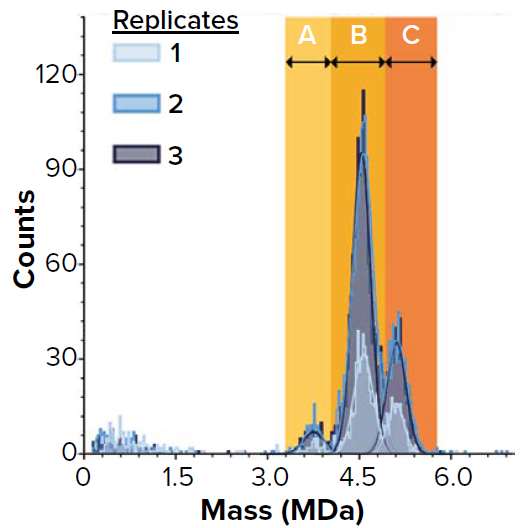Voices of Biotech
Podcast: MilliporeSigma says education vital to creating unbreakable chain for sustainability
MilliporeSigma discusses the importance of people, education, and the benefits of embracing discomfort to bolster sustainability efforts.
Lilly acquires Nexus plant to meet GLP-1 demand
April 24, 2024Ferring selects SK Pharmteco to manufacture gene therapy
April 24, 2024Sartorius Q1: Sales down, orders up as recovery continues
April 24, 2024Bristol Myers Squibb inks $380m CAR-T capacity and supply deal with Cellares
April 23, 2024MilliporeSigma discusses the importance of people, education, and the benefits of embracing discomfort to bolster sustainability efforts.
